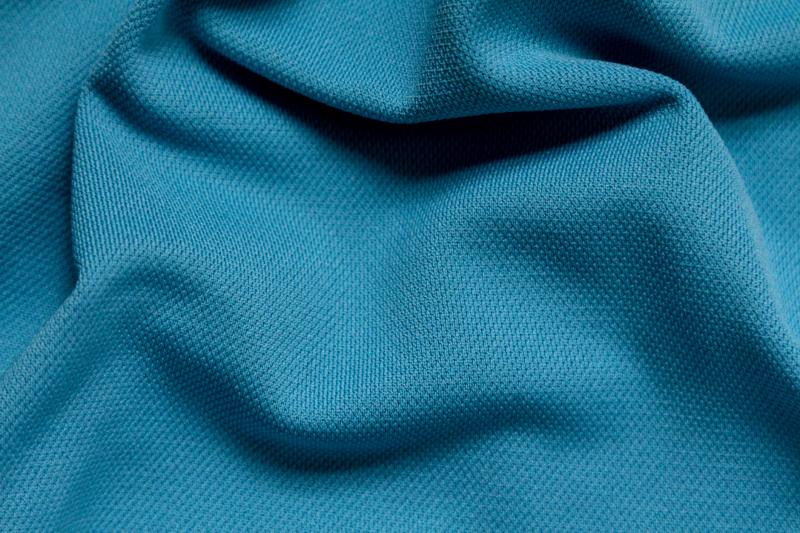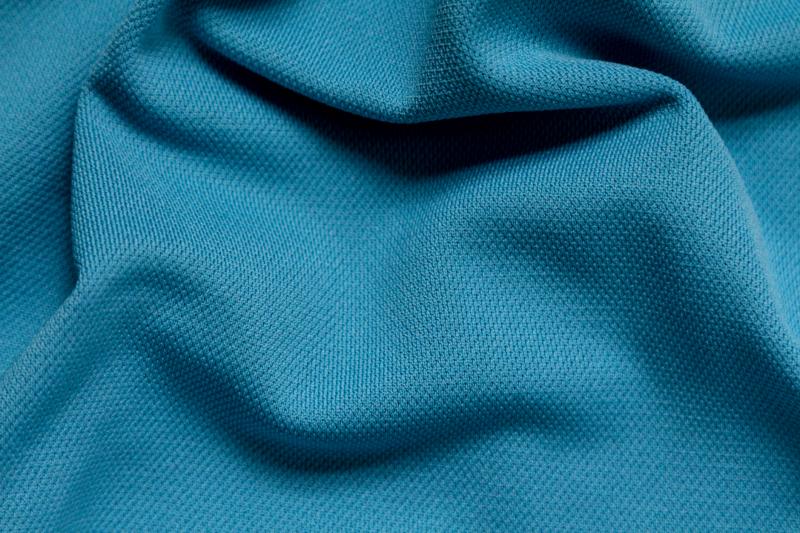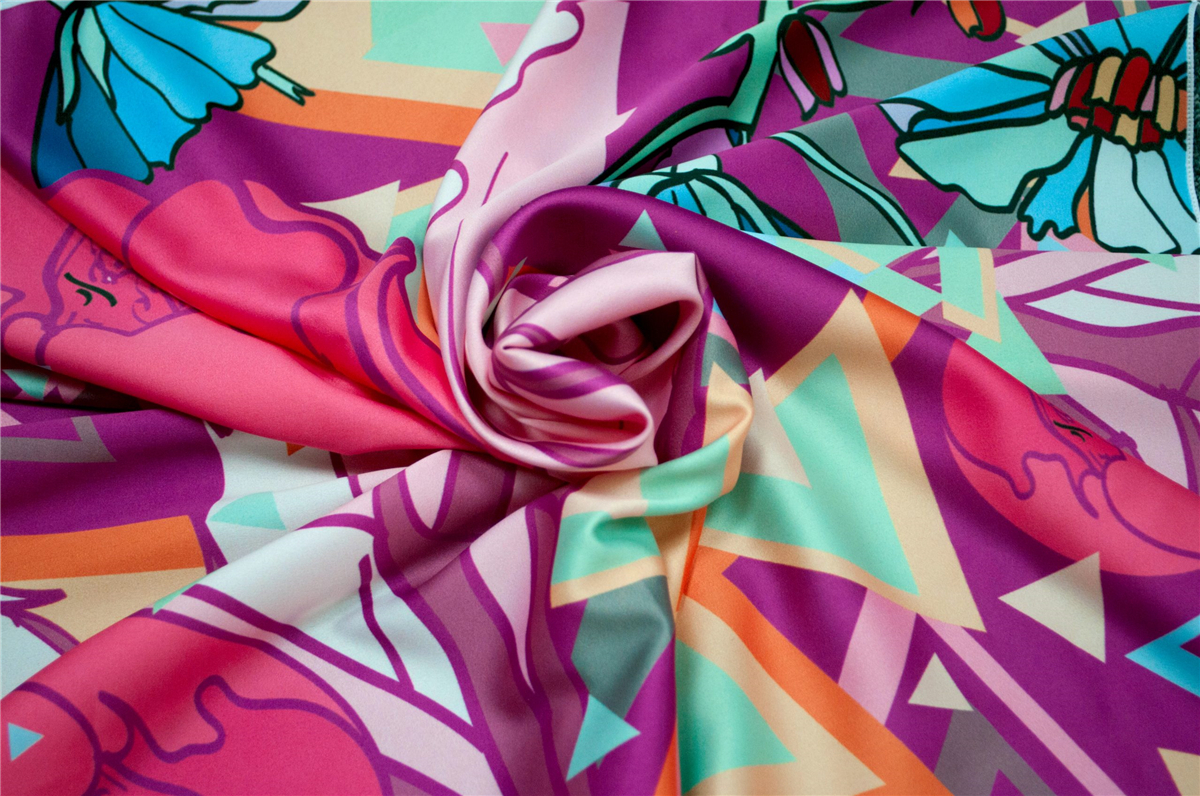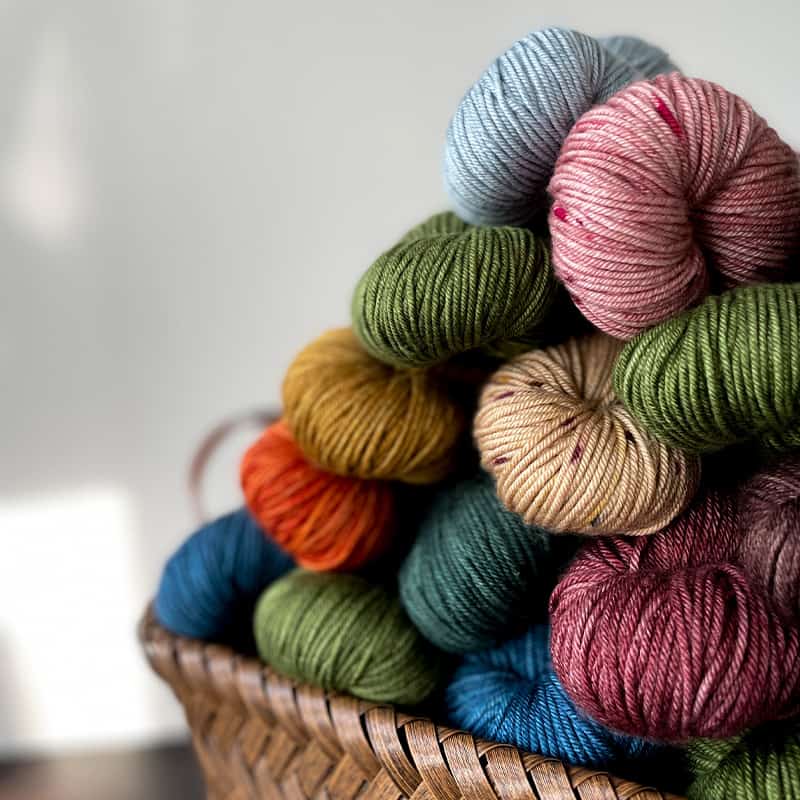

When it comes to choosing fabrics, there are several factors to consider. The choice of fabric is important as it can greatly impact the final outcome of a project. The right fabric can enhance the overall look and feel, while the wrong fabric can lead to disappointment. In this blog post, we will provide an overview of the importance of fabric choices and discuss the factors to consider when making these choices.
Fabric choices play a crucial role in various fields, including fashion, interior design, and upholstery. The fabric not only determines the durability and comfort of a finished product but also sets the tone for its style and aesthetics. The right fabric can bring out the best features of a design and create a visually stunning result, while the wrong fabric can lead to an unsatisfactory outcome.
When selecting fabrics, several factors should be taken into account:
1. Intended Use: Consider the purpose of the project and choose a fabric that is suitable for it. For example, if you are designing a formal dress, you may choose a silk fabric for its elegance and drape.
2. Composition: Look at the fiber content of the fabric. Natural fibers like cotton and silk are breathable and comfortable, while synthetic fibers like polyester are durable and easy to care for.
3. Color and Pattern: Choose colors and patterns that align with the overall design scheme. Consider the desired mood and ambiance, as well as any color or pattern trends.
4. Durability: Evaluate the durability of the fabric based on its intended use. For high-traffic areas or items that will undergo frequent use, opt for fabrics with higher durability ratings.
5. Care Instructions: Consider the care and maintenance required for the fabric. Some fabrics may require special cleaning methods or have specific care instructions that need to be followed.
In conclusion, choosing the right fabric is crucial for the success of any project. By considering factors such as intended use, composition, color, durability, and care instructions, you can make informed decisions and achieve the desired outcome.
Cotton is a natural fiber that is known for its comfort and breathability. It is a versatile fabric that can be used for various purposes, including clothing, bedding, and upholstery. Here are some key characteristics and properties of cotton fabric:
• Soft and comfortable: Cotton fabric has a soft and smooth texture that feels comfortable against the skin. It is breathable and allows air to circulate, making it ideal for hot and humid climates.
• Absorbent: Cotton has the ability to absorb moisture, making it great for items like bath towels and bed sheets. It can absorb up to 27 times its weight in water, keeping you dry and comfortable.
• Durable: Cotton fabric is known for its strength and durability. It can withstand regular wear and tear and is less likely to tear or rip compared to other fabrics.
• Hypoallergenic: Cotton is hypoallergenic, making it a suitable choice for those with sensitive skin or allergies. It is less likely to cause skin irritation or allergic reactions.
• Easy to care for: Cotton fabric is easy to clean and maintain. It can be machine-washed and dried, and it tends to resist stains and odors.
Cotton fabric has several advantages that make it a popular choice among consumers. However, it also has a few disadvantages to consider. Here are the pros and cons of cotton fabric:
Advantages:
• Comfortable and breathable
• Hypoallergenic
• Durable and long-lasting
• Easy to care for
• Versatile for various purposes
Disadvantages:
• Prone to shrinking if not cared for properly
• Can wrinkle easily
• May fade over time with frequent washing
• Absorbs moisture, which can lead to longer drying times
Despite its disadvantages, cotton remains a popular choice for a wide range of applications due to its comfort, durability, and versatility. It is a fabric that can be relied upon for its quality and performance.

Polyester is a synthetic fiber that is widely used in the textile industry. It has its own unique set of characteristics and properties that make it suitable for various applications. Here are some key properties and uses of polyester fabric:
• Durable and resilient: Polyester fabric is known for its strength and resilience. It has excellent resistance to wrinkles, shrinking, and stretching, making it a durable choice for clothing and upholstery.
• Quick-drying: Polyester has low absorbency, which means it dries quickly when wet. This makes it ideal for swimwear, athletic wear, and other moisture-wicking garments.
• Fade-resistant: Polyester fabric is resistant to fading, even when exposed to sunlight or multiple wash cycles. This makes it a popular choice for outdoor furniture, umbrellas, and curtains.
• Easy to care for: Polyester is a low-maintenance fabric that is easy to clean and care for. It can be machine-washed and requires little to no ironing.
• Versatile: Polyester is a versatile fabric that can be blended with other fibers to enhance its properties. It can be used for various purposes, including clothing, home decor, and industrial applications.
Polyester fabric has both advantages and disadvantages that should be considered before making a purchase. Here are the pros and cons of polyester:
Advantages:
• Durable and long-lasting
• Quick-drying
• Fade-resistant
• Easy to care for
• Versatile
Disadvantages:
• Not as breathable as natural fibers like cotton
• Can feel less comfortable against the skin
• Prone to static cling
• Not biodegradable
Despite its drawbacks, polyester fabric remains a popular choice for various applications due to its durability, quick-drying properties, and versatility. It is an affordable and practical option for those seeking long-lasting and low-maintenance textiles.

Silk is a luxurious and natural fiber that has been prized for its exquisite texture and sheen for centuries. Here are some of the key features and benefits of silk fabric:
• Soft and smooth: Silk fabric has a unique softness and smoothness that feels incredibly luxurious against the skin. It has a natural sheen that adds a touch of elegance to any garment or home décor item.
• Breathable and hypoallergenic: Silk is known for its breathability, allowing air to circulate and keeping the body cool in warm weather. It is also hypoallergenic, making it an ideal choice for people with sensitive skin or allergies.
• Temperature regulating: Silk has the ability to adapt to the body's temperature, keeping you warm in winter and cool in summer. This makes silk an excellent choice for all seasons.
• Moisture-wicking: Silk has natural moisture-wicking properties that help to absorb perspiration and keep the body dry. This makes it a comfortable choice for sleepwear and activewear.
• Natural UV protection: Silk fabric provides a certain level of protection against harmful UV rays from the sun, making it a great choice for clothing and accessories that offer extra sun protection.
While silk fabric has many desirable qualities, it also comes with some drawbacks and requires special care. Here are a few things to keep in mind:
• Delicate nature: Silk is a delicate fabric that requires gentle handling and care. It is prone to snagging, so it's best to avoid sharp objects or rough surfaces when wearing or storing silk garments.
• Dry clean or hand wash: Silk is typically dry clean only, although some silk fabrics can be hand washed. It's important to follow the care instructions provided by the manufacturer to ensure the longevity of your silk items.
• Color fading: Silk fabric is susceptible to color fading, especially when exposed to direct sunlight. It's advisable to store silk garments in a cool, dark place to preserve their vibrant colors.
• Ironing precautions: Silk should be ironed at a low temperature or with a silk setting to avoid damage. It's also recommended to use a pressing cloth between the iron and the fabric to protect it.
Despite these considerations, silk fabric is a luxurious and timeless choice that adds elegance and sophistication to any wardrobe or home. Its natural qualities and versatility make it a favorite among fashion enthusiasts and interior decorators alike.

Wool is a versatile and durable natural fiber that has been used for centuries. Here are some of the key characteristics and uses of wool fabric:
• Insulating: Wool is known for its exceptional insulation properties. It traps air within its fibers, creating a layer of warmth that keeps the body cozy in cold weather. This makes it an excellent choice for winter clothing such as sweaters, scarves, and coats.
• Moisture-wicking: Wool has the ability to absorb moisture without feeling damp. It can absorb up to 30% of its weight in moisture, keeping the body dry and comfortable. This makes it ideal for outdoor activities and sportswear.
• Breathable: Wool has natural breathability, allowing air to circulate and preventing overheating. It helps regulate body temperature, keeping you cool in warm weather and warm in cold weather.
• Durable: Wool is a strong and resilient fiber that can withstand wear and tear. It has excellent elasticity, allowing it to retain its shape and bounce back after being stretched or compressed. This makes wool fabric ideal for long-lasting garments and upholstery.
• Flame resistant: Wool is naturally flame resistant, making it a safer choice compared to many other synthetic fibers. It has a higher ignition threshold and does not melt or stick to the skin when exposed to fire.
Like any fabric, wool has its advantages and disadvantages. Here are a few things to consider:
Advantages:
• Odor resistant: Wool has natural antibacterial properties that help prevent odor-causing bacteria from forming. It stays fresh for longer periods between washes, making it a low-maintenance option.
• UV protection: Wool offers natural protection against harmful UV rays, making it a great choice for outdoor activities and sun protection.
• Sustainable: Wool is a renewable resource that is biodegradable and recyclable. It is produced by sheep through a natural process, making it an environmentally friendly choice.
Disadvantages:
• Prone to shrinking: Wool can shrink if not washed or dried properly. It's important to follow the care instructions provided by the manufacturer and avoid high heat or agitation.
• Allergies: Some individuals may be allergic to wool due to its unique protein structure. It's important to test for any sensitivities before wearing or using wool products.
• Cost: Wool tends to be more expensive compared to synthetic fibers. However, its durability and longevity make it a worthwhile investment.
In conclusion, wool fabric offers a range of benefits, including insulation, moisture-wicking, and durability. It has its drawbacks, such as the risk of shrinkage and potential allergies, but overall, wool is a versatile and sustainable choice for various applications.
Clothing fabrics for sensitive skin, according to textile experts
2024-02-26
Discover the best clothing fabrics for sensitive skin recommended by textile experts. Learn about hypoallergenic options like cotton, bamboo, silk, and modal, and make informed choices for comfortable wear.
Best clothing fabric for sensitive skin
2024-02-20
Discover the best clothing fabrics for sensitive skin, including cotton, bamboo, silk, and hemp. Learn about their benefits and properties to ensure comfort and well-being.
An Introduction to Different Types of Fabric
2024-02-06
Unlock the secrets of fabric types and their properties with our comprehensive guide. From luxurious silk to durable polyester, explore the perfect textile for your needs. Choose wisely and elevate your clothing game today!
10 Polyester Manufacturers in 2024
2024-01-29
The polyester industry plays a crucial role in the global textile market, with a wide range of applications in various industries. From clothing and household textiles to industrial materials, polyester is a versatile and cost-effective choice for manufacturers worldwide. In this blog post, we will provide an overview of the polyester industry and its significance, as well as the factors driving the growth of polyester manufacturers in 2024.